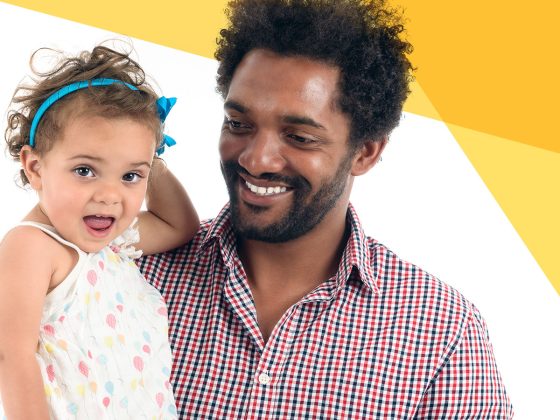
Seeing, Showing, and Sharing
Help your children express themselves with a strong feelings vocabulary.
Building a strong feelings vocabulary is like building a muscle—it takes exercise, practice, and hard work! Try these exercises to help children practice expressing themselves:
See it. When children can “picture” words, they’ll learn them more easily. Take out a family photo album, child-friendly magazine, or picture book. Point to a person or character and say, “How do you think he/she is feeling?” If children say, “happy,” build on that. You might say, “She looks really, really, happy. A word for really, really, happy is ‘ecstatic.’”
Show it. Children will be more likely to remember a new word if they experience its meaning. Come up with a movement or face for each word that you learn together. If the word is “exhausted,” for example, kids might flop over and give a really big yawn.
Share it. Use words for feelings and emotions every day. Encourage kids to describe feelings as they tell you about things they did that day. Ask questions like, “How did you feel when you _______?” Remind them of the ways to describe happy, scared, mad, and tired feelings.
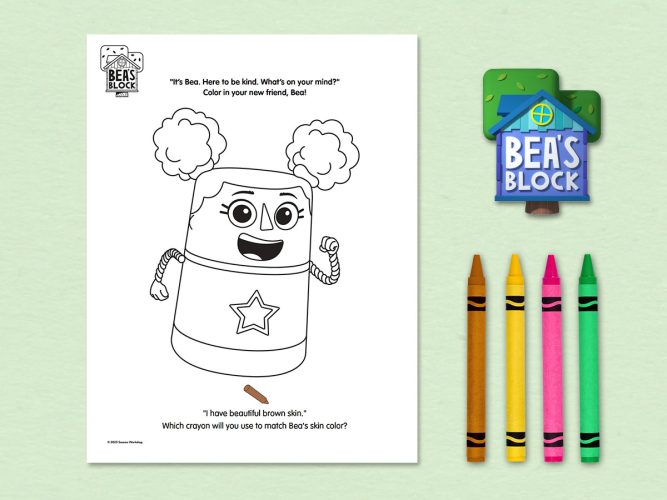
Bea’s Block Kindness Adventure Color & Activity Guide
Activities and coloring pages for children that celebrate kindness.
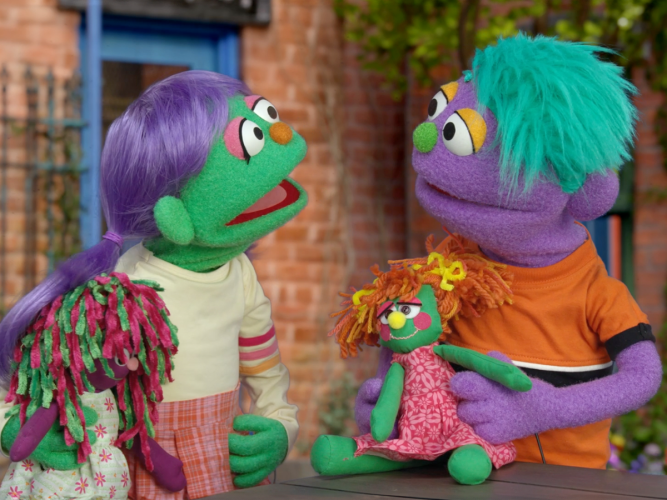
Resolving Hurt Feelings with Rosita and Friends
Misunderstandings and hurt feelings can be opportunities to build friendships and develop important social skills.

Understanding Bullying
Senior Vice President of Curriculum and Content, Rosemarie Truglio, PhD, examines bullying as it affects young children, and shares ways to handle—and prevent—it.

Building a Connected Community
Take a course on ways to help children and families get ready for school and life—together!
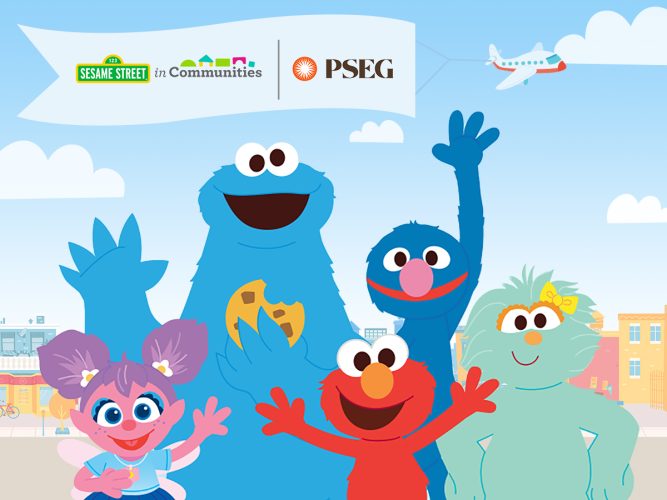
Little Neighbors
In this webinar, you’ll learn how you can use our “Little Neighbors” initiative to help children and their families discover their power to make their communities—and the world—a happier, healthier, safer place for everyone.
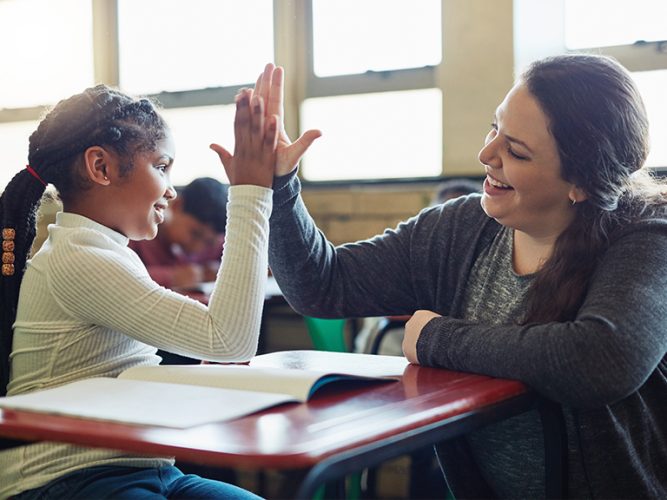
Caring Communities
In our course Caring Communities, you can explore the ways to embed storybooks, printables, videos, and digital games in your work with everyone in your neighborhood.
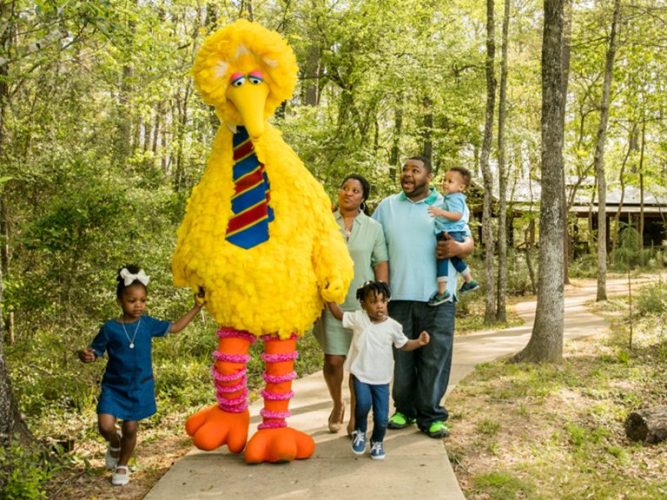
Roads to Resilience
A course highlighting some of the best assets from topics across SesameWorkshop.org with customized approaches, and tips and tricks on using these resources in your work with caregivers and their children.
